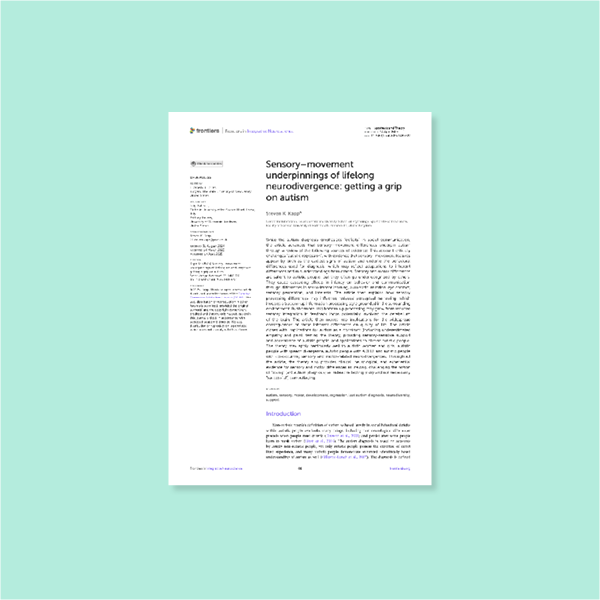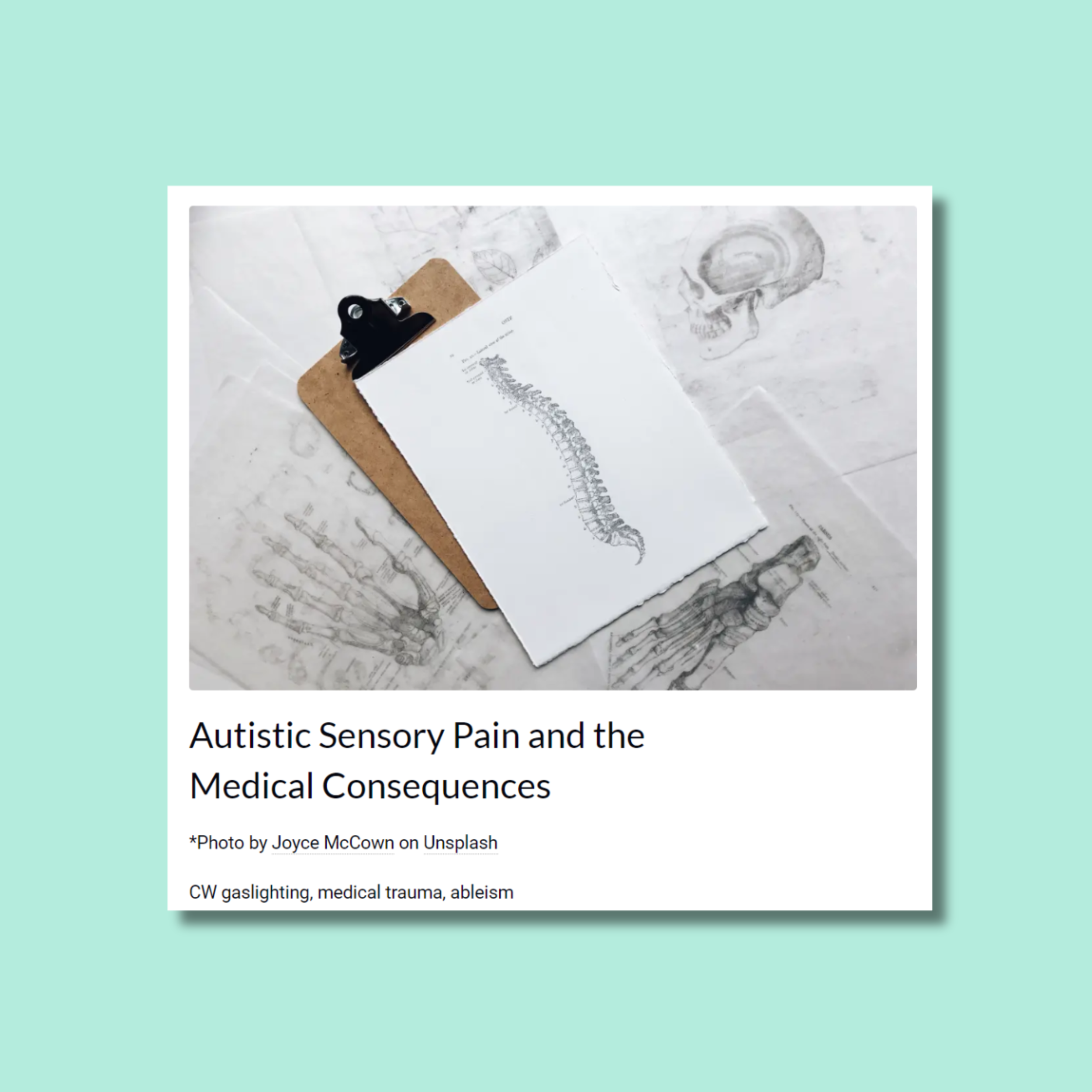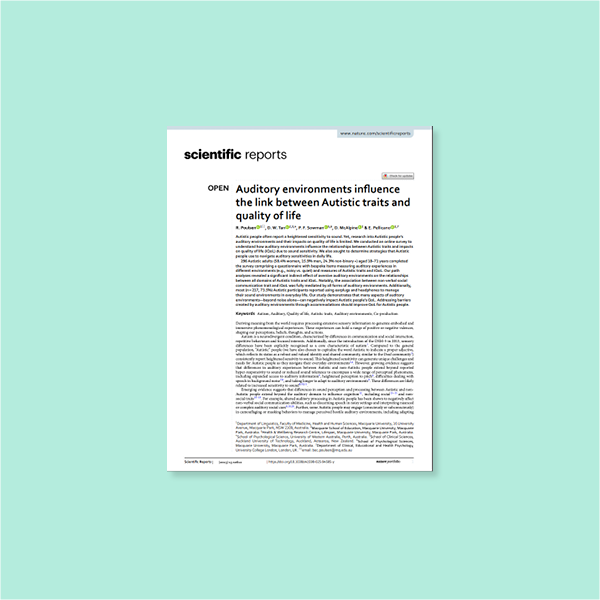 Image 1 of 1
Image 1 of 1


Sensory-Movement Underpinnings Of Lifelong Neurodivergence: Getting A Grip On Autism
S Knapp
This article suggests that sensory and movement differences, rather than difficulties with social communication, are key to understanding autism, and that these differences appear from birth. It challenges the idea that autism can be 'lost,' instead explaining that autistic people may camouflage their traits, which can affect their behaviour and communication. The article highlights the lifelong impact of these sensory and motor differences, urging better support and acceptance, especially for those with additional challenges, such as autistic women, people with ADHD, and those with other neurodivergent traits.
S Knapp
This article suggests that sensory and movement differences, rather than difficulties with social communication, are key to understanding autism, and that these differences appear from birth. It challenges the idea that autism can be 'lost,' instead explaining that autistic people may camouflage their traits, which can affect their behaviour and communication. The article highlights the lifelong impact of these sensory and motor differences, urging better support and acceptance, especially for those with additional challenges, such as autistic women, people with ADHD, and those with other neurodivergent traits.






